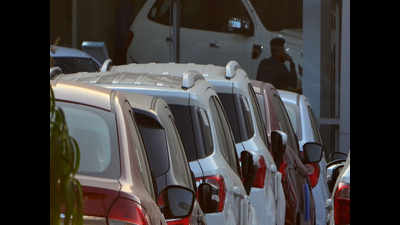- News
- City News
- bengaluru News
- Better planning, policy needed to plug mobility gap in Bengaluru
Trending
This story is from July 15, 2019
Better planning, policy needed to plug mobility gap in Bengaluru

Image used for representational purpose only
By Ashish Verma
With the severe transport-related problems and continuous decline of livability that Bengaluru and other Indian cities have experienced in the past decade or so predominantly due to road infrastructure-centric policies/planning and personal vehicle-based mobility, experts and citizens alike have been asking for more alternative and sustainable mobility options — attractive public transport systems and non-motorised transport infrastructure.
However, due to ill-conceived transport policy and planning, the government has failed to provide such sustainable and attractive alternative options, leading to a mobility option gap.
The emergence of cab aggregator services like Ola and Uber has primarily filled this gap, which allows people to free themselves of the burden of owning and maintaining personal vehicles and driving themselves (including all the mental and physical stress that comes with driving in congested traffic) in the city, while giving them more time for work because travel is now hands-free, as also for social media engagement. While these could be some positives, overall their emergence has made traffic congestion more severe (more cars on roads with less occupancy), increased greenhouse gas and toxic emissions as well as petrol and diesel consumption. They also have yet to find an effective way to deal with rash and irresponsible driving by cab drivers and security issues for women passengers.
The possible positive impact on reducing personal car ownership has also not materialised, mainly due to the aspiration of middle-class families to own a car. Unfortunately, pool/share services, which have similar advantages to public transport, were recently banned by the state government due to ill-conceived and ill-informed policies.
(The writer is associate professor, Transportation Systems Engineering, IISC)
End of Article
FOLLOW US ON SOCIAL MEDIA










